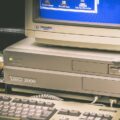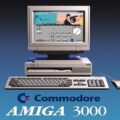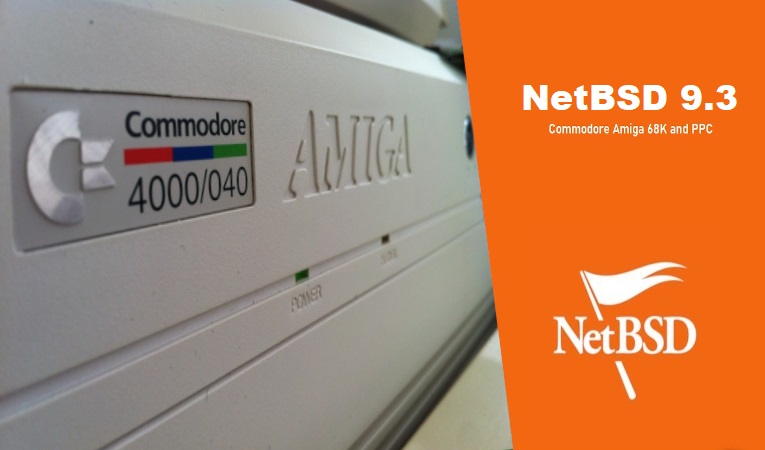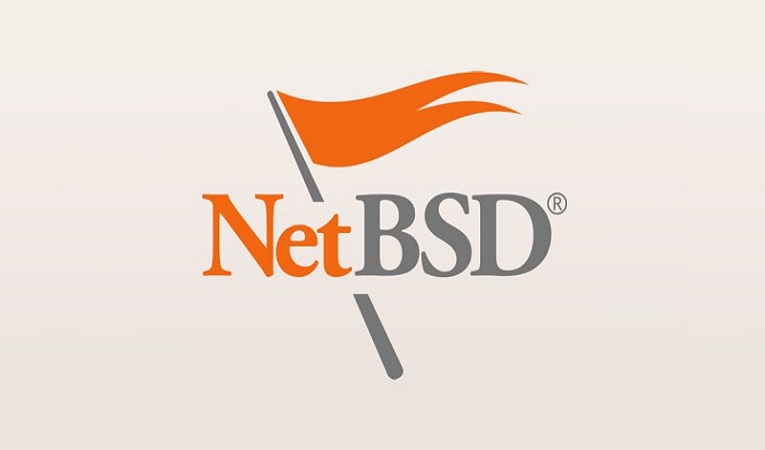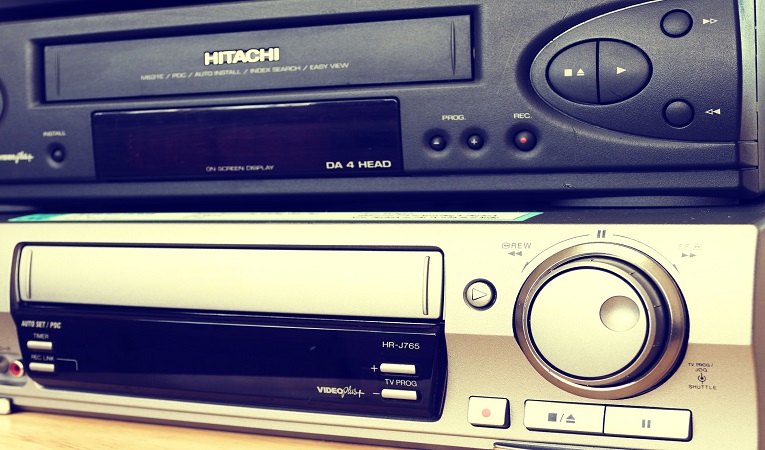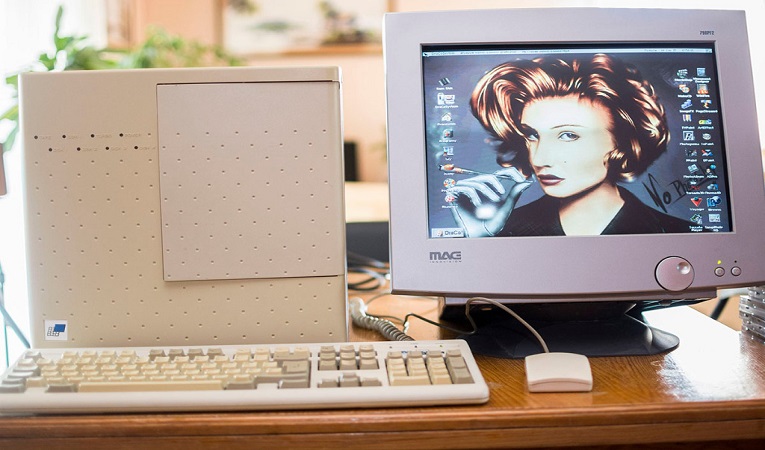
The Amiga platform emerged as a popular choice for multimedia enthusiasts and professionals alike in the 80s. Known for its advanced graphics and multimedia capabilities, the Amiga provided a good case for innovation in digital media production. However, in 1994 everybody started to deal with the fact that Commodore was going bankrupt and the supply of Amigas would eventually dry up. Still recognizing the Amiga potential, MacroSystem Computer, a German-based company with a history of developing video editing solutions, embarked on creating the DraCo Vision, an Amiga clone geared towards affordable digital video. The DraCo Vision was a cutting-edge non-linear video editing workstation that boasted impressive technical specifications for its time. At its core was the Motorola 68060 processor, a high-performance CPU that facilitated smooth real-time video playback and manipulation. The CPU card, called Eltanin, was based on the Warp Engine Amiga accelerator board. The DraCo Vision also offered substantial storage capacity. With its built-in hard drive and support for external storage solutions, editors could manage and organize large amounts of video data efficiently. This was especially important in a non-linear editing workflow, where quick access to a variety of clips was essential. DraCos featured a Fast SCSI II interface to provide fast disk access with minimum CPU usage (transfer speeds were approximately 9 MB per second) In terms of grahpics the draco offerd a slightly modified Retina Z3 called Altais, that used the DracoDirect slot instead of the Zorro III slot offering much faster transfer rates. Despite its technical capabilities, the DraCo Vision struggled to gain widespread recognition and adoption. This was partly due to its relatively high cost (€15,000), which limited its accessibility to a niche market of professionals. And, NewTek—a company known for its innovative solutions in video production—introduced the Video Toaster Flyer in 1990 and also offerd non-linear editing features with real-time video processing and this much more affordable. Additionally, the rapid pace of technological advancement meant that the DraCo Vision’s capabilities were soon overshadowed by newer, more powerful systems. None the less, the DraCo Vision stands as a testament to the innovative spirit of its time and its role in shaping the landscape of digital video editing. Its technical achievements, such as real-time effects processing and advanced video digitization, paved the way for future developments in the field. While it faced challenges in terms of accessibility and market competition, its contributions to non-linear video editing cannot be overstated.

